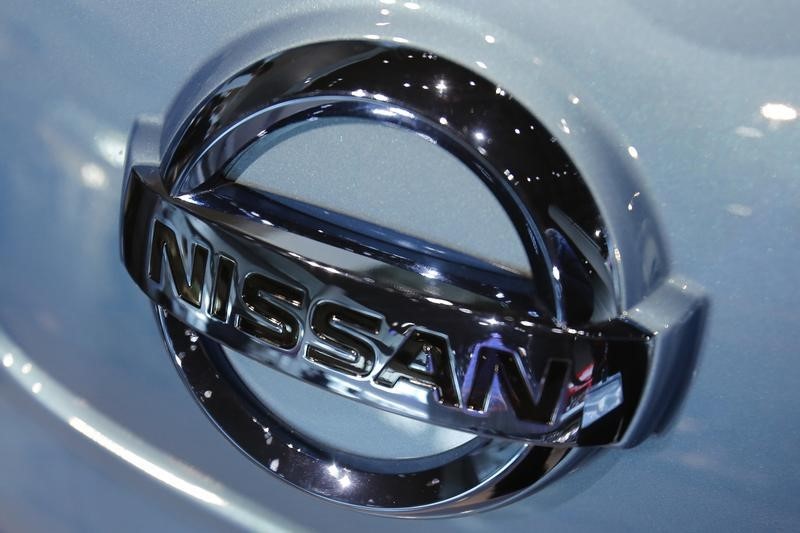We’ve all been called into meetings that could have been covered in an email—but with the impending launch of Microsoft’s new AI chatbot, the days of wasting time in meeting rooms could be drawing to a close.
The tech giant unveiled Copilot—the workplace AI assistant it is developing—earlier this year, touting the product as a “copilot for work.”
The technology, which is available starting Nov. 1, will be integrated into subscribers’ Microsoft 365 apps like Word, Excel, Teams and PowerPoint—for an additional charge of $30 per user per month.
And as part of the new offering, staff at firms that subscribe to Microsoft’s Copilot will theoretically be able to send their AI assistants to meetings in their place—effectively enabling them to skip or double-book meetings and turn their attention to other work.
‘Busywork that bogs us down’
Microsoft has been testing Copilot, which helps users carry out various tasks from writing emails to coding, with companies including General Motors, KPMG and Goodyear. Early feedback from those firms has shown that it’s being used to reply quickly to emails and ask questions about meetings.
“[Copilot] combines the power of large language models (LLMs) with your data…to turn your words into the most powerful productivity tool on the planet,” Jared Spataro, corporate vice president of modern work and business applications at Microsoft, said in a March blog post.
Spataro promised that the AI assistant would “lighten the load” for workers, noting that for many white-collar workers, “80% of our time is consumed with busywork that bogs us down.”
That so-called “busywork” includes meetings for a lot of office workers. A recent British study found that office workers were wasting 213 hours—or 27 full working days—every year in meetings where the agenda could have been outlined in an email.
Some companies, like Shopify, are actively clamping down on unnecessary meetings. The e-commerce firm hit headlines over the summer when it rolled out an internal “cost calculator” for staff meetings, with company leadership claiming each 30-minute meeting was losing the business between $700 and $1,600.
Now, Microsoft’s Copilot will offer a way to avoid that supposed expense. As part of it offerings, the AI assistant can be used to “follow” a meeting and generate a transcript, summary and notes once it’s over.
In July, Microsoft announced “the next wave of generative AI for Teams,” which included incorporating Copilot further into Teams calls and meetings.
“You can also ask Copilot to draft notes for you during the call and highlight key points, such as names, dates, numbers, and tasks using natural language commands,” the company said. “You can quickly synthesize key information from your chat threads—allowing you to ask specific questions (or use one of the suggested prompts) to help get caught up on the conversation so far, organize key discussion points, and summarize information relevant to you.”
“Every meeting is a productive meeting with Copilot in Teams,” Spataro said earlier this year. “It can summarize key discussion points — including who said what and where people are aligned and where they disagree — and suggest action items, all in real time during a meeting.”
Microsoft isn’t the only tech giant vying to make meetings less of a burden for workers. Both Zoom and Google have unveiled AI-powered assistants that can attend meetings on a user’s behalf, and update them on what unfolded during the get-together.
‘A pointless status symbol’
While Copilot promises to make participation in meetings possible with minimal (or no) input from an employee, some managers and white-collar workers are skeptical about people replacing themselves with AI during internal catchups.
Oliver Stainforth, a content manager and senior SEO strategist at London-based marketing agency Go Up, told Fortune that he could see an AI assistant being useful at carrying out administrative tasks during a meeting—but he wouldn’t plan on sending one to replace him altogether.
“I would not feel comfortable having an AI bot attend a meeting, or more specifically, contribute to a meeting on my behalf,” he said. “I think AI lacks the nuanced human judgement and social skills needed in many meetings. It cannot fully understand the subtleties of human interaction, non-verbal cues, or emotional dynamics, which are crucial in various professional and personal meetings. It’s also unlikely to understand the broader context and implications of decisions made.”
Ed Palmer, managing director of British creative agency St Luke’s, agreed that while there would likely be a “valuable role” for AI to play in meetings, there were also “significant downsides” in relying too heavily on the technology to attend them.
“Firstly, there’s the risk of their use becoming a pointless status symbol: demonstrating your time is more valuable than others by sending in the bots in your place,” he argued. “Secondly, it’s relationships that fuel business. If managers start to serially absent themselves from meetings and rely on AI assistants, relationships will suffer; nuances will get missed, and they’ll feel increasingly alienated from the dynamics of the team. Ultimately that means effectiveness will once again be sacrificed at the altar of efficiency.”
Meanwhile, Verena Hefti, founder of British organization Leaders Plus, told Fortune that she didn’t think it would be appropriate for managers to opt out of attending meetings just because they had an AI assistant that could be there for them.
“Leaders need access not just to facts but also people’s fears, visions, hunches and ideas,” she explained. “If leaders send chatbots to every meeting, many employees won’t feel at ease to share what they really think anymore because they don’t trust where the AI bot stores their audio and video.”
Hefti noted that while there was potential for AI to boost productivity in meetings, completely replacing a manager with a chatbot risked undermining inclusion policies.
“If meetings aren’t the main place where the big decisions are made, it will also mean that groups such as working parents who can’t attend the bar after work won’t be able to participate in the key decision-making moments,” she said. “And AI, like the human-generated content that feeds them, has biases. If you invite an AI chatbot to your meeting, you may accidentally invite sexism and racism in, too.”
















